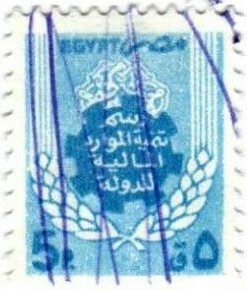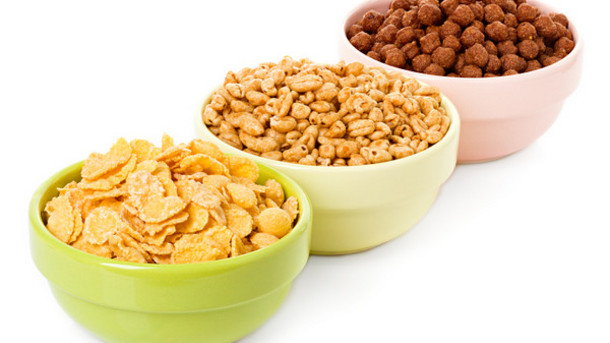Stamp: Arabic text, cog wheel and wheat (Egypt- Revenue Stamps 1980)
Arabic text, cog wheel and wheat (Egypt- Revenue Stamps 1980)
01 January (Egypt- Revenue Stamps ) within release Arabic text, cog wheel and wheat goes into circulation Stamp Arabic text, cog wheel and wheat face value 5 Egyptian piastre
| Stamp Arabic text, cog wheel and wheat in catalogues | |
|---|---|
| Colnect codes: | Col: EG R1980-11 |
Stamp is square format.
Also in the issue Arabic text, cog wheel and wheat:
- Stamp - Arabic text, cog wheel and wheat face value 5;
- Stamp - Arabic text, cog wheel and wheat face value 10;
Stamp Arabic text, cog wheel and wheat it reflects the thematic directions:
A cereal is a grass cultivated for its edible grain. Cereals are the world's largest crops, and are therefore staple foods. They include rice, wheat, rye, oats, barley, millet, and maize. Edible grains from other plant families, such as buckwheat and quinoa are pseudocereals. Most cereals are annuals, producing one crop from each planting, though rice is sometimes grown as a perennial. Winter varieties are hardy enough to be planted in the autumn, becoming dormant in the winter, and harvested in spring or early summer; spring varieties are planted in spring and harvested in late summer. The term cereal is derived from the name of the Roman goddess of grain crops and fertility of grain crops and fertility
A gear is a rotating circular machine part having cut teeth or, in the case of a cogwheel or gearwheel, inserted teeth (called cogs), which mesh with another (compatible) toothed part to transmit rotational power. While doing so, they can change the torque and rotational speed being transmitted (in inverse proportion) and also change the rotational axis of the power being transmitted. The teeth on the two meshing gears all have the same shape


